The art of sailing upwind is one of the most fascinating and technically demanding aspects of sailing. Unlike downwind sailing, where the wind pushes the boat forward, upwind sailing requires a deep understanding of aerodynamics, sail trim, and boat handling. It’s a dance between man, machine, and nature, where every small adjustment can mean the difference between gaining ground or losing it.
The Physics of Upwind Sailing
At first glance, sailing against the wind seems counterintuitive. How can a boat move forward when the wind is blowing directly against it? The answer lies in the principles of lift and drag. When a sail is angled correctly, it acts like an airfoil, generating lift much like an airplane wing. This lift force can be broken down into components, with one part propelling the boat forward and another pushing it sideways. The keel or centerboard of the boat counteracts the sideways force, allowing the boat to move forward at an angle to the wind.
This angle, known as the "close-hauled" position, is typically between 30 to 45 degrees relative to the true wind direction. Skilled sailors can "pinch" closer to the wind, but doing so often sacrifices speed. Finding the optimal balance between pointing high and maintaining boat speed is a constant challenge, especially in shifting wind conditions.
Technique and Tactics
Successful upwind sailing requires more than just understanding theory. Sail trim is critical—the sails must be adjusted precisely to maintain the right shape and angle to the wind. The mainsheet, traveler, and jib sheets are constantly tweaked to respond to changes in wind speed and direction. Telltales, those small strips of yarn or ribbon attached to the sails, become invaluable tools for visualizing airflow and optimizing sail shape.
Tactics also play a major role when sailing upwind, especially in competitive racing. Sailors must decide when to tack (change direction by turning the bow through the wind) to follow wind shifts or take advantage of favorable currents. The decision to tack can be strategic, such as covering an opponent, or tactical, such as heading toward a perceived wind advantage. In long upwind legs, the ability to anticipate wind patterns and make smart tacking decisions often separates the winners from the rest of the fleet.
Boat Design and Upwind Performance
Not all sailboats are created equal when it comes to upwind sailing. Modern racing yachts are designed with sleek hulls, deep keels, and high-aspect-ratio sails to maximize upwind efficiency. The shape of the hull affects how the boat moves through the water, while the keel provides stability and prevents excessive sideways drift. Sail materials have also evolved, with laminated fabrics and advanced composites allowing for lighter, more responsive sails that hold their shape better in varying conditions.
Even among cruising boats, upwind performance varies widely. Some bluewater cruisers prioritize comfort and downwind sailing, making them less efficient when beating to windward. Others, like performance cruisers, strike a balance between comfort and upwind capability. For sailors who frequently navigate areas with prevailing headwinds, choosing a boat with good upwind characteristics can make passages significantly faster and more comfortable.
The Mental Game
Beyond the physical and technical aspects, upwind sailing is a mental challenge. Progress can feel slow, especially when tacking back and forth in light winds. Staying focused on sail trim, boat speed, and wind shifts for hours at a time requires discipline and patience. In racing, the psychological battle is even more intense, as sailors must balance aggression with restraint, knowing when to push for an advantage and when to consolidate gains.
For many sailors, mastering upwind sailing is a lifelong pursuit. The conditions are never the same twice, and there’s always room for improvement. Whether it’s squeezing out an extra fraction of a knot of boat speed or nailing a perfect tack in heavy seas, the rewards of upwind sailing come in those moments when everything clicks—when the boat feels alive beneath you, slicing through the water at just the right angle to the wind.
The Romance of the Challenge
There’s a certain romance to upwind sailing that goes beyond the technicalities. It’s about working with the elements rather than against them, about finding harmony in what initially seems like opposition. The sensation of a well-tuned boat climbing to windward, rail buried and spray flying, is one of the purest thrills in sailing. It’s a reminder that sometimes, the most rewarding paths aren’t the easiest ones—they’re the ones that test your skill, patience, and determination.
From weekend sailors to round-the-world racers, the pursuit of better upwind performance is a common thread. It’s a skill that never stops giving, offering new lessons and satisfactions with every mile sailed. And while modern technology continues to push the boundaries of what’s possible, the essence of upwind sailing remains the same: it’s you, your boat, and the wind, locked in an elegant struggle toward your destination.
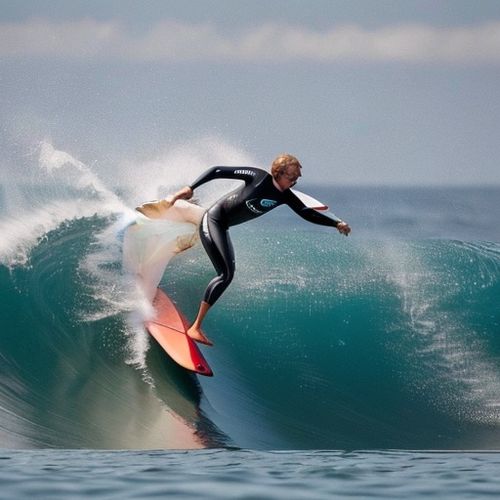
By Eric Ward/May 8, 2025
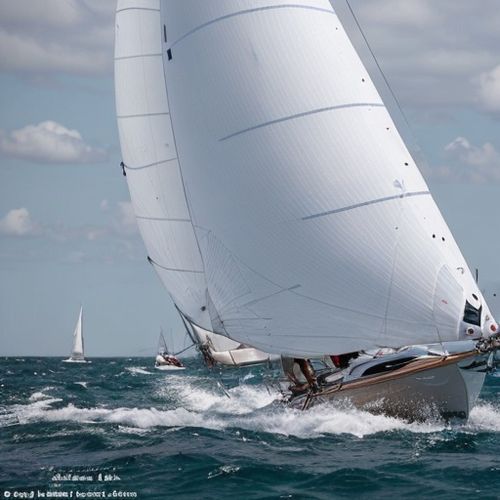
By Lily Simpson/May 8, 2025
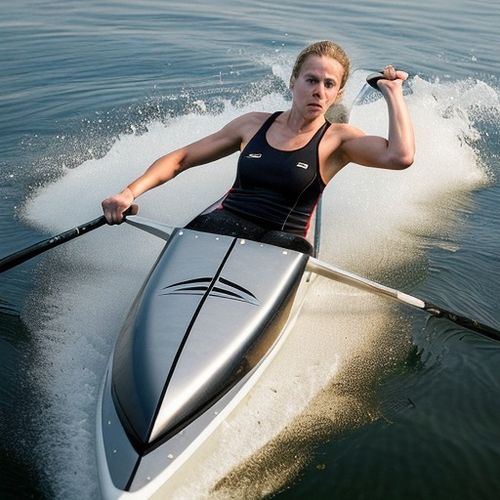
By Jessica Lee/May 8, 2025
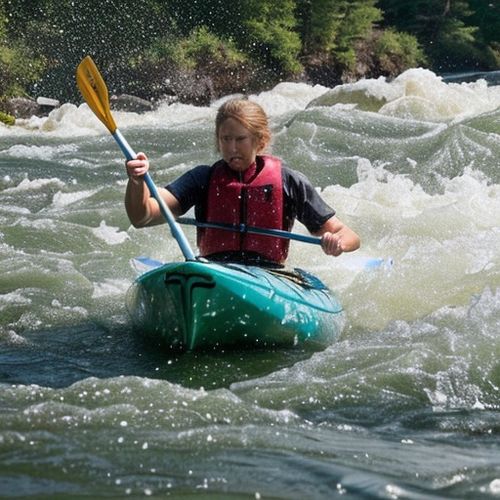
By Grace Cox/May 8, 2025

By Emily Johnson/May 8, 2025
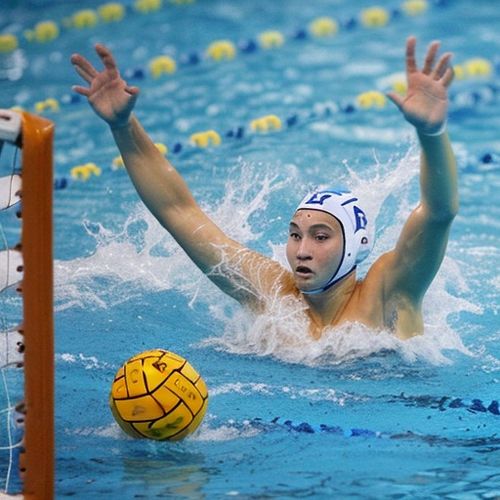
By Rebecca Stewart/May 8, 2025
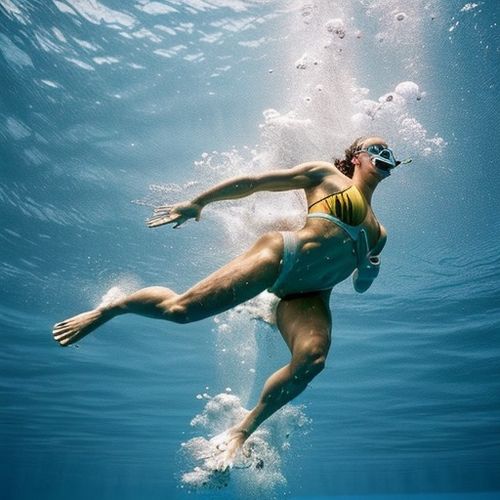
By George Bailey/May 8, 2025
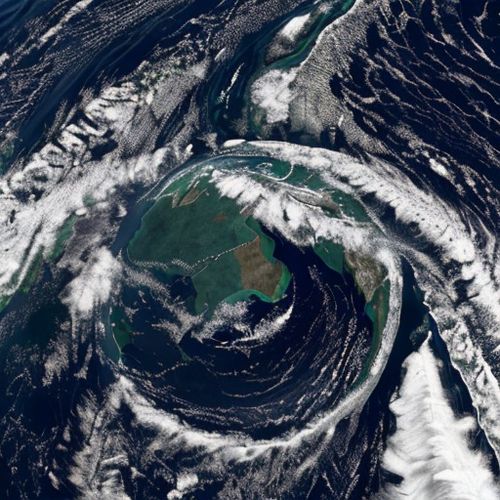
By Sophia Lewis/May 8, 2025
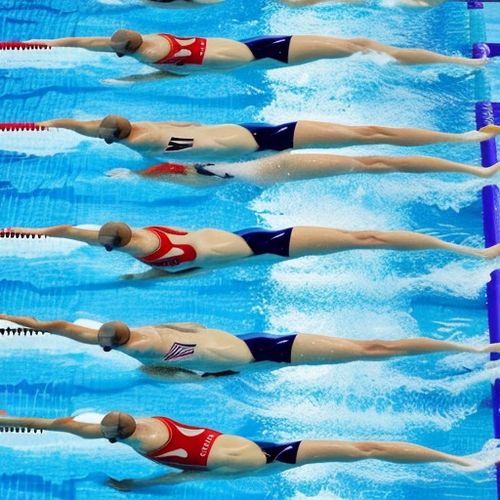
By George Bailey/May 8, 2025
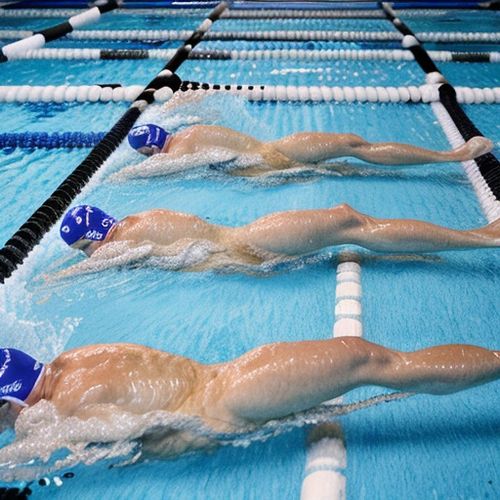
By Eric Ward/May 8, 2025
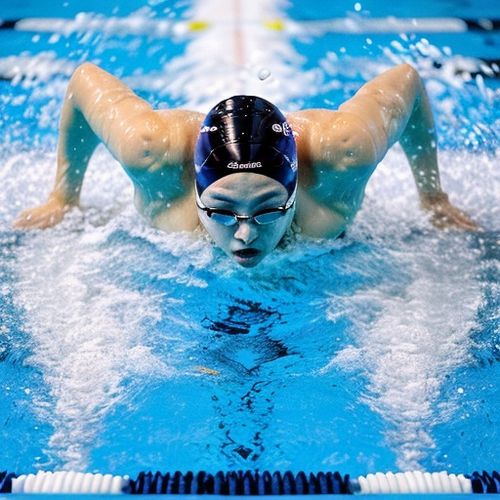
By James Moore/May 8, 2025
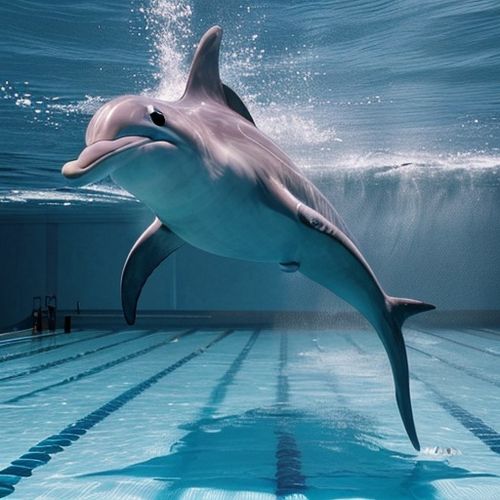
By Thomas Roberts/May 8, 2025

By Victoria Gonzalez/May 8, 2025

By Samuel Cooper/May 8, 2025

By David Anderson/May 8, 2025

By Joshua Howard/May 8, 2025

By Michael Brown/May 8, 2025

By Elizabeth Taylor/May 8, 2025

By Benjamin Evans/May 8, 2025

By Noah Bell/May 8, 2025